|
This month we were delighted to be given some fresh madder roots, grown in one of the greenhouses at Winterbourne. We also used the roots of flag iris and leaves and twigs of Rhamnus Cathartica or Alder Buckthorn, both growing in the woodland walk. Madder Above ground, madder plants are rather straggly with rough, scratchy undersides to the leaves. These plants are growing in containers in my garden: The tops are beginning to die down now but it is the roots that are used for dyeing. Madder has an extremely long history as a dye plant going back at least to 2000 BC (see J N Liles, The Art and Craft of Natural Dyeing, University of Tennessee Press, Knoxville, 2010) and was used to dye the red coats of British soldiers. The roots are usually left undisturbed for three years before digging up for use: We chopped up the roots, poured boiling water over them and drained them a couple of times as recommended by Jenny Dean (A Heritage of Colour, Search Press, 2014) (I think I have read somewhere that madder roots contain more than one dye and that washing them in this way helps to obtain clear colours - but I may be quite wrong about this!) We went on to dye in the usual way but with a few additions. We split the 'washing' liquor into two and added washing soda to one pot and put a skein in each and left them overnight with no heat. We also put in an un-mordanted skein and modified one skein with washing soda followed by iron water. Lastly, most recipes for madder stress that the temperature should be kept below boiling on a gentle simmer, but we let a couple boil for 10 minutes - and these are the results: (the two right-hand skeins have been boiled) Iris root I had read that sometimes you can get black from iris roots. Not this time.... However, we have left the roots soaking to see if anything happens! Our third dye this month is the Alder mentioned above: and here are the leaves and twigs ready to be soaked overnight for dyeing: I'm not sure I would describe any of the colours as 'sap green' but as all parts of the plant can be used it would be good to try the bark and the berries separately from the leaves. So, the madder was definitely this month's star but they do look beautiful all together!
|
Archives
December 2015
Categories |

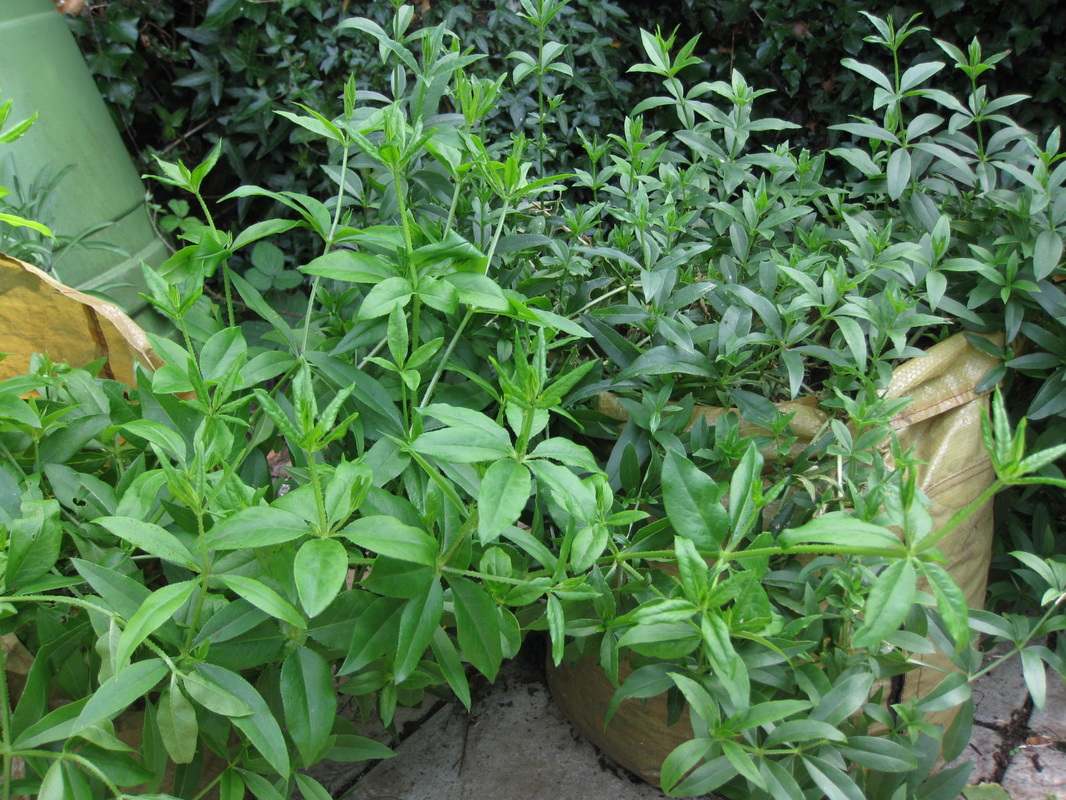
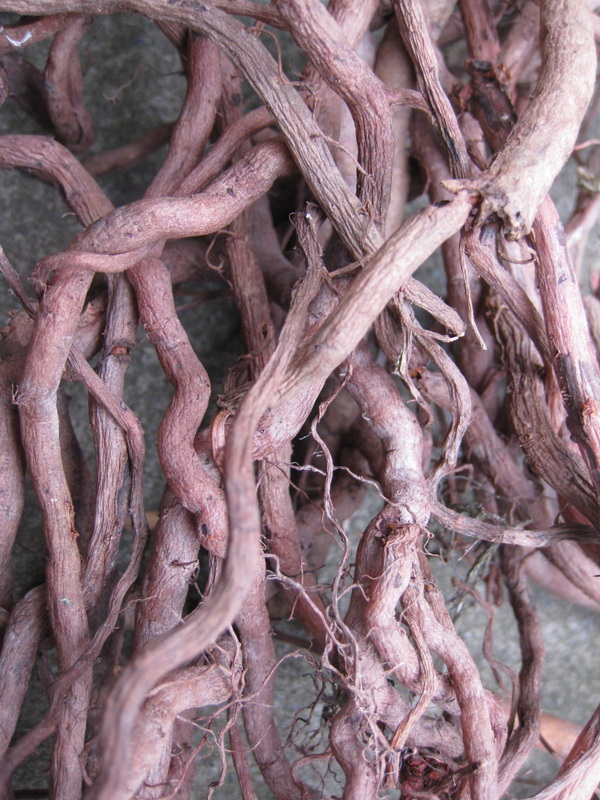
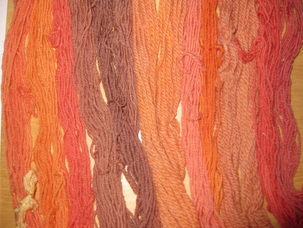
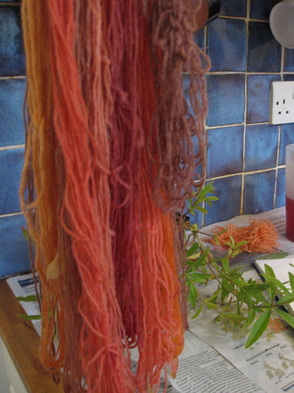
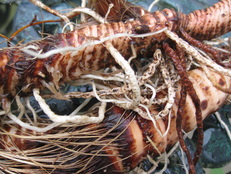
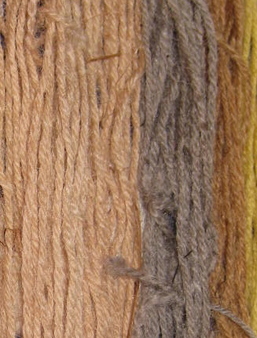
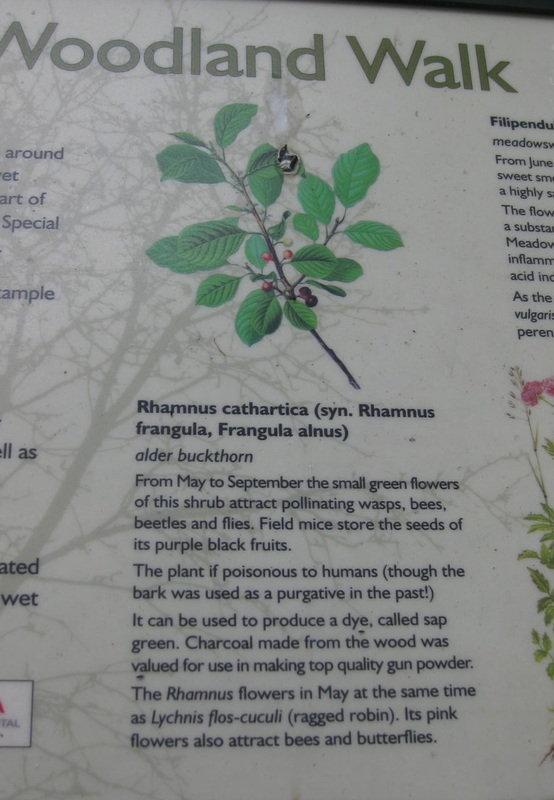
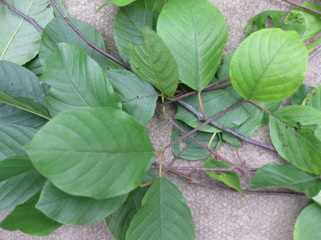
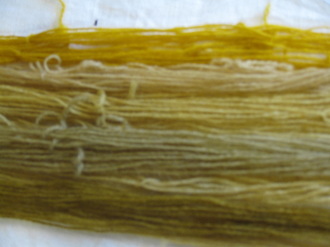
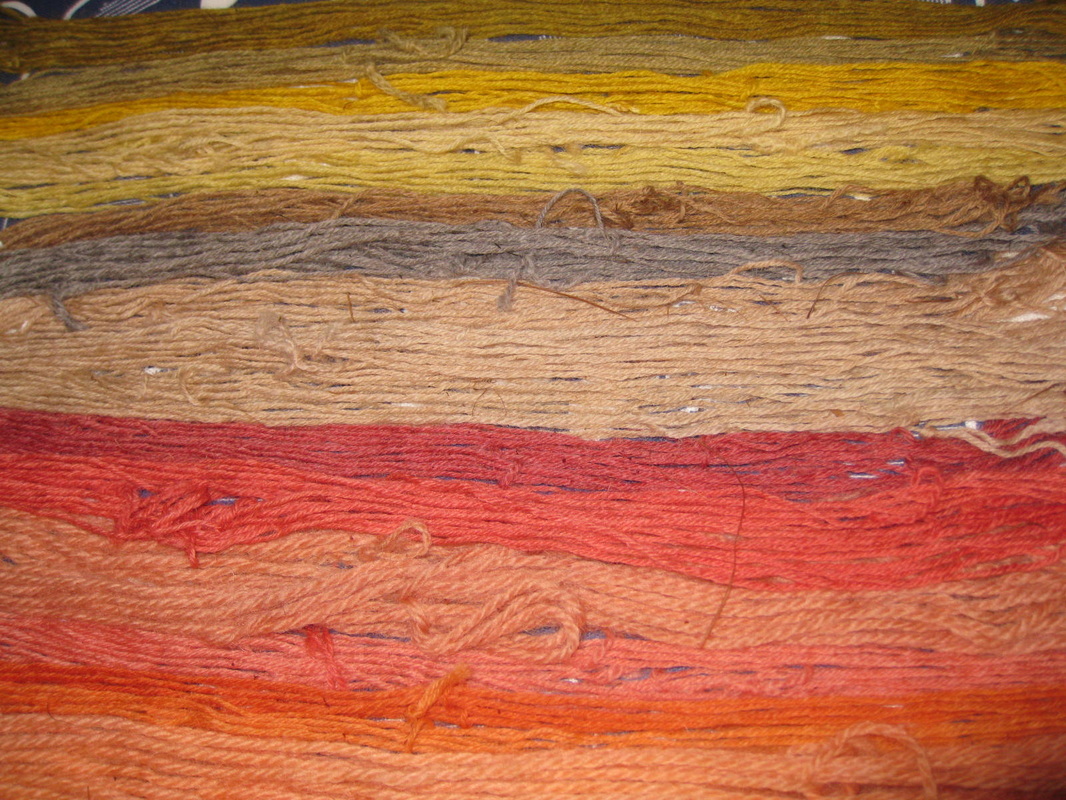
 RSS Feed
RSS Feed
